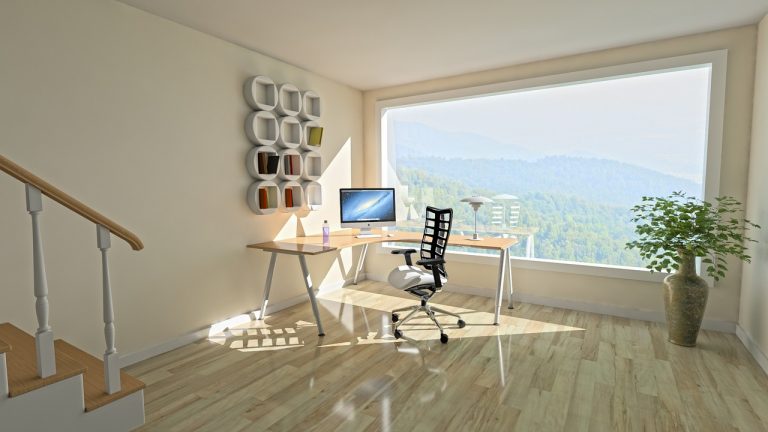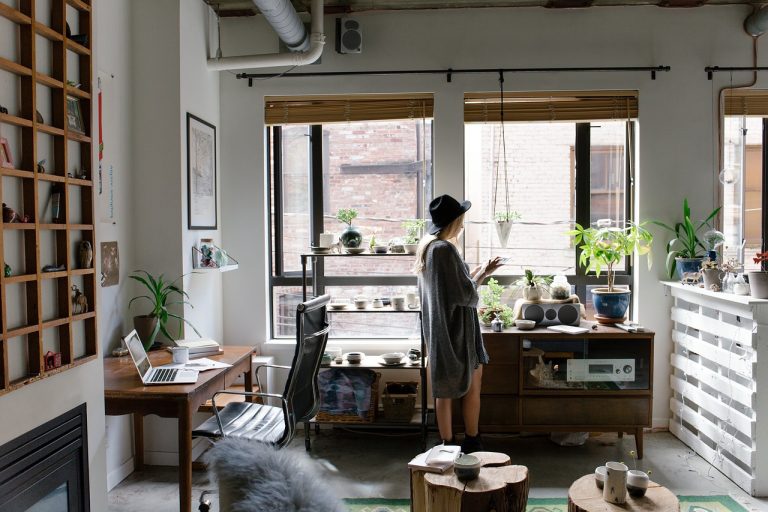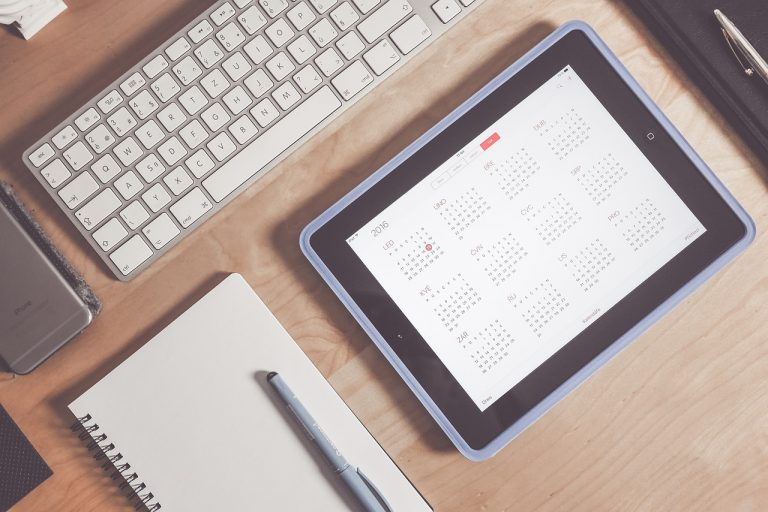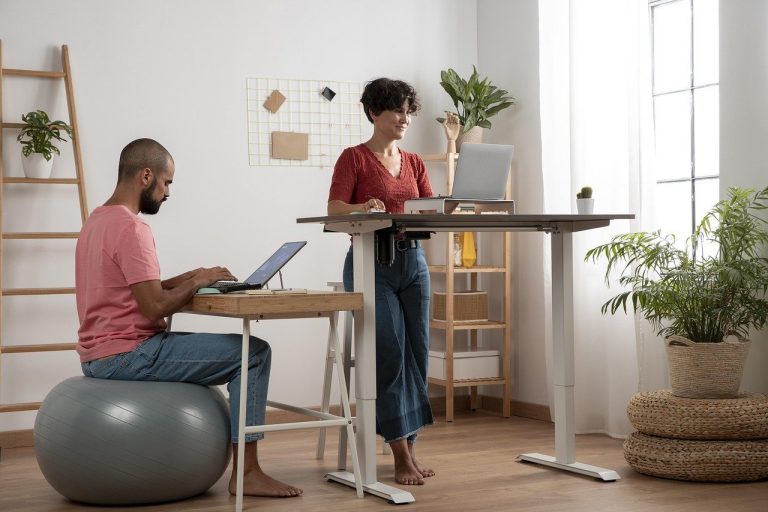The Minimalist’s Guide to a Clutter-Free Remote Work Environment
The pandemic has caused a massive shift in the way people work. Many companies have adopted remote work policies, allowing employees to work from home. While working from home has its advantages, it can also be challenging to stay productive and focused.
One of the biggest challenges of remote work is creating a clutter-free workspace that promotes productivity and focus. In this article, we will explore the minimalist’s guide to a clutter-free remote work environment.
Designing Your Minimalist Workspace
Designing a minimalist workspace is the first step to creating a clutter-free remote work environment. A minimalist workspace is all about simplicity and functionality. It is about creating a space that is free from distractions and promotes productivity and focus.
When designing your workspace, prioritize essential elements such as a clutter-free desk, ergonomic chair, and ample storage.
A clutter-free desk is key to a minimalist workspace. Remove any unnecessary items that can distract you and take up valuable space.
An ergonomic chair is also essential to promote good posture and prevent back pain. Finally, ample storage is crucial to keep your workspace organized and free from clutter.
Decluttering Strategies
Decluttering is an essential part of creating a minimalist workspace. To declutter your workspace, start by removing any unnecessary items that can distract you and take up valuable space.
Use organizers, such as trays or drawer dividers, to keep your supplies neat and tidy. Make sure to regularly go through your workspace and get rid of any items that you no longer need or use. This will help prevent clutter from building up over time.
Enhancing Productivity and Focus
A clutter-free workspace is essential for productivity and focus. To enhance productivity and focus, create a routine that works for you. Set a schedule and stick to it.
Take breaks throughout the day to recharge and refocus. Finally, eliminate distractions by turning off notifications and setting boundaries with family and friends.
Key Takeaways
- Design a minimalist workspace that prioritizes essential elements such as a clutter-free desk, ergonomic chair, and ample storage.
- Declutter your workspace regularly by removing any unnecessary items and using organizers to keep your supplies neat and tidy.
- Enhance productivity and focus by creating a routine, taking breaks, and eliminating distractions.
Designing Your Minimalist Workspace
Creating a minimalist workspace is essential for a clutter-free remote work environment. Here are some tips on how to design your workspace for maximum productivity and minimal distraction.
Selecting Minimalist Furniture
When selecting furniture for your workspace, choose pieces that are functional, simple, and aesthetically pleasing.
A minimalist desk, for example, should have clean lines and a simple design. It should be free of clutter and distractions, with only the essentials within reach.
A minimalist desk can be made of wood, metal, or glass, and can come in a variety of shapes and sizes to fit your space.
In addition to a minimalist desk, you may also want to consider a comfortable and ergonomic chair.
Choose a chair that provides good lumbar support and allows you to sit with your feet flat on the ground. A minimalist home office should be comfortable and conducive to productivity, but not at the expense of style and design.
Optimizing Natural Light and Open Space
Natural light is essential for a minimalist workspace. It provides a sense of openness and airiness that can help you feel more relaxed and focused.
If possible, position your desk near a window to take advantage of natural light. If you don’t have access to natural light, consider using a daylight lamp to simulate natural light.
Open space is also important for a minimalist workspace. A clutter-free environment can help you feel more organized and focused.
Keep your workspace free of unnecessary items and distractions, and use storage solutions to keep everything in its place. A minimalist home office should be clean, organized, and free of clutter.
Incorporating Color and Visual Interest
A minimalist workspace doesn’t have to be boring or sterile. Incorporating color and visual interest can help you feel more creative and inspired.
Choose a color scheme that is calming and soothing, such as shades of blue or green. Use artwork or decorative objects to add visual interest to your space.
When incorporating color and visual interest, make sure to strike a balance between minimalism and aesthetics.
Too much clutter or visual noise can be distracting, while too little can be sterile and uninspiring. A minimalist home office should be aesthetically pleasing, but not at the expense of functionality and productivity.
Decluttering Strategies
Working from home can be challenging, especially when it comes to keeping a clutter-free environment. Here are some decluttering strategies that can help create a more organized workspace.
Discarding Non-Essential Items
The first step to creating a clutter-free workspace is to discard non-essential items. This can include old papers, outdated technology, and broken office supplies.
By discarding these items, it becomes easier to focus on the essential items that are needed to get work done.
One way to determine which items are essential is to create a list of necessary tools and supplies. This list can be used to identify which items are necessary and which ones can be discarded.
Once the non-essential items have been identified, they can be either thrown away or donated.
Organizing with Storage Solutions
Storage solutions can be a great way to keep a workspace organized. Storage boxes and filing systems can be used to store paperwork and office supplies.
This can help reduce clutter and make it easier to find necessary items.
One way to organize a workspace is to use color-coded filing systems. This can help make it easier to find necessary documents and paperwork. Labeling storage boxes can also help make it easier to find necessary supplies.
Maintaining a Clutter-Free Environment
Maintaining a clutter-free environment is essential to creating a productive workspace. This can include setting aside time each week to declutter and organize the workspace.
By doing this, it becomes easier to stay on top of clutter and maintain a clutter-free living space.
Another way to maintain a clutter-free environment is to make sure that everything has a designated place. This can help reduce the likelihood of clutter building up.
Enhancing Productivity and Focus
A clutter-free remote work environment is essential for maximizing productivity and focus. By minimizing distractions, creating an efficient filing system, and establishing a routine for clutter management, individuals can create an environment that promotes productivity and focus.
Minimizing Distractions
Distractions can significantly impact an individual’s productivity and focus. Therefore, it is essential to minimize distractions in a remote work environment.
One way to minimize distractions is to create a designated workspace that is free from unnecessary items. For example, having a clear desk with only the essentials can help reduce visual distractions and increase focus.
Another way to minimize distractions is to establish boundaries with family members or roommates. It is crucial to communicate work hours and expectations to avoid interruptions during work hours.
Creating an Efficient Filing System
An efficient filing system is essential for keeping a remote work environment clutter-free.
Make sure to have a system in place for organizing digital files, such as using file folders and naming conventions. Additionally, you should also have a physical filing system for important documents to avoid clutter on the desk.
Establishing a Routine for Clutter Management
Establishing a routine for clutter management is crucial for maintaining a clutter-free remote work environment.
Make sure to set aside time each day or week to declutter and organize the workspace. For example, taking five minutes at the end of each workday to clear the desk can help maintain a clutter-free workspace.
Technology and Cable Management
Choosing the Right Technology
When creating a minimalist workspace, it’s essential to choose the right technology.
One should opt for devices that are sleek, modern, and have a small footprint. For example, a laptop with a slim profile takes up less space than a bulky desktop computer.
Additionally, you should consider investing in a wireless keyboard and mouse. This will help eliminate the need for extra cables and cords.
Organizing Cables and Devices
Cable management is crucial in a minimalist workspace. A cluttered workspace can lead to a lack of focus and productivity.
To avoid this, one should start by organizing cables and devices. There are several ways to do this.
For example, using cable clips and sleeves to keep cords neat and tidy. One can also use hooks to hang devices such as headphones, reducing desk clutter.
When setting up a workspace, it’s important to ensure that cables are hidden from view. One can use a cable box or a desk with built-in cable management to keep cords out of sight.
Additionally, one should label cables to avoid confusion. This makes it easier to identify which cord belongs to which device.







